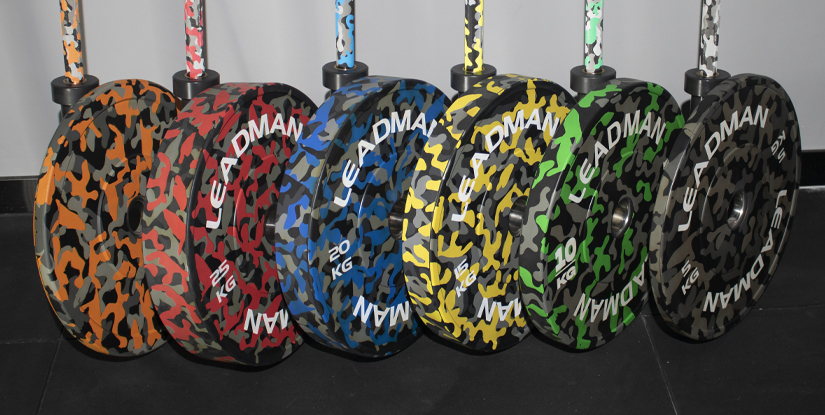Standing Lat Pull — Technique, Benefits & Equipment Guide

Standing Lat Pull: Overview
The standing lat pull is a vertical pulling variation designed to develop the latissimus dorsi, improve scapular control, and integrate functional core stability. Performed using cable stations, resistance bands, or specialized standing lat machines, this exercise provides an alternative to seated pulldowns and barbell rows by promoting an upright posture and dynamic trunk engagement.
Benefits
- Builds width and thickness of the upper back while promoting vertical pulling strength.
- Improves scapular mobility and shoulder stability through controlled descent and retraction.
- Enhances core and hip stabilization when performed standing, translating to better athletic movement.
- Offers joint-friendly variations for lifters with lumbar or hip restrictions.
Muscles Targeted
- Primary: Latissimus dorsi
- Secondary: Teres major, rhomboids, middle and lower trapezius
- Stabilizers: Biceps brachii, posterior deltoid, rotator cuff, erector spinae, obliques
Equipment Options
- Cable machine with long bar or single handles — most versatile and adjustable.
- Resistance bands anchored overhead — portable and scalable for progressive overload.
- Standing lat machine — provides guided path and consistent resistance for novices.
- Suspension trainers (adjusted high) — introduce instability and range-of-motion control.
Setup and Positioning
- Anchor height: For vertical emphasis, set the attachment at or slightly above head height.
- Stance: Shoulder-width or split stance for added stability; micro-bend in knees.
- Grip: Pronated (overhand) for lat emphasis; neutral or supinated grips shift demand to biceps and lower lats.
- Posture: Neutral spine, ribcage down, scapulae slightly depressed and retracted before initiating pull.
Technique: Step-by-Step
- Start: Stand tall with shoulders back, chest neutral and core braced. Hold bar or handles with full grip.
- Initiate: Begin the pull by driving the elbows down and back — focus on pulling the elbows toward the hips rather than pulling with the hands.
- Scapular control: Allow a controlled scapular depression and retraction; avoid excessive shrugging.
- Finish: Bring the bar or handles to upper-chest or sternum level depending on comfort and machine path.
- Return: Slowly allow elbows to rise while maintaining tension; do not fully lock out the scapulae between reps.
Programming Recommendations
- Hypertrophy: 3–4 sets of 8–12 reps with 60–90 seconds rest.
- Strength: 4–6 sets of 4–6 reps with heavier load and 2–3 minutes rest; maintain strict form.
- Endurance/Conditioning: 2–3 sets of 15–20 reps with lighter resistance and faster tempo.
- Integration: Use standing lat pulls as part of upper-pull superset, or as an accessory after heavy compound lifts.
Common Errors and Corrections
- Using excessive momentum — correct by slowing the eccentric and re-establishing a braced core.
- Shrugging shoulders — cue to depress scapula and lead with the elbows.
- Excessive trunk lean — maintain upright posture; allow minimal lean only to complete range without sacrificing form.
- Elbow flare — keep elbows tracking close to the body to emphasize lats and reduce deltoid dominance.
Progressions and Variations
- Single-arm standing lat pull — addresses asymmetries and increases core anti-rotation demand.
- Tempo variations — slow eccentric (3–4s) to increase time under tension.
- Band-resisted standing pulls — add accommodating resistance for stronger end-range force production.
- High-to-low pull with different handles (V-bar, rope, straight bar) to modify grip emphasis.
Maintenance and Safety
- Inspect cables, bands, and attachments regularly for wear; replace at first sign of fraying.
- Use appropriate footwear and clear training area to avoid slips during heavy pulls.
- Warm-up the shoulders and thoracic spine with mobility drills and light band pulls before loading.
- If shoulder pain occurs, reduce range, switch grip, or consult a qualified professional for assessment.
Conclusion
The standing lat pull is an effective, adaptable exercise to develop vertical pulling strength, enhance scapular control, and integrate core stability. With correct setup, deliberate technique, and progressive programming, it complements any upper-body regimen and supports functional strength improvements.
FAQs
- Q: Who should use the standing lat pull? A: Those seeking vertical pulling strength, back development, or alternatives to seated pulldowns.
- Q: Can beginners perform it? A: Yes—start with lighter resistance, machine-assisted versions, or bands.
- Q: How often to train? A: 1–3 times weekly as part of balanced upper-body programming.
- Q: Standing vs seated—what's better? A: Standing increases core demand; seated isolates lats more. Use both contextually.
- Q: Best grip for lats? A: Pronated (overhand) grip emphasizes the lats; neutral adjusts biceps involvement.
- Q: Typical rep range? A: 8–12 for hypertrophy; 4–6 for strength; 15+ for endurance.
- Q: Common mistake to avoid? A: Excessive shrugging and momentum—focus on elbow-driven pulls.
- Q: Pain during exercise—what to do? A: Stop, reduce load and range, consult a professional if pain persists.
- Q: Equipment substitute at home? A: Use anchored resistance bands or suspension trainers for similar stimulus.

